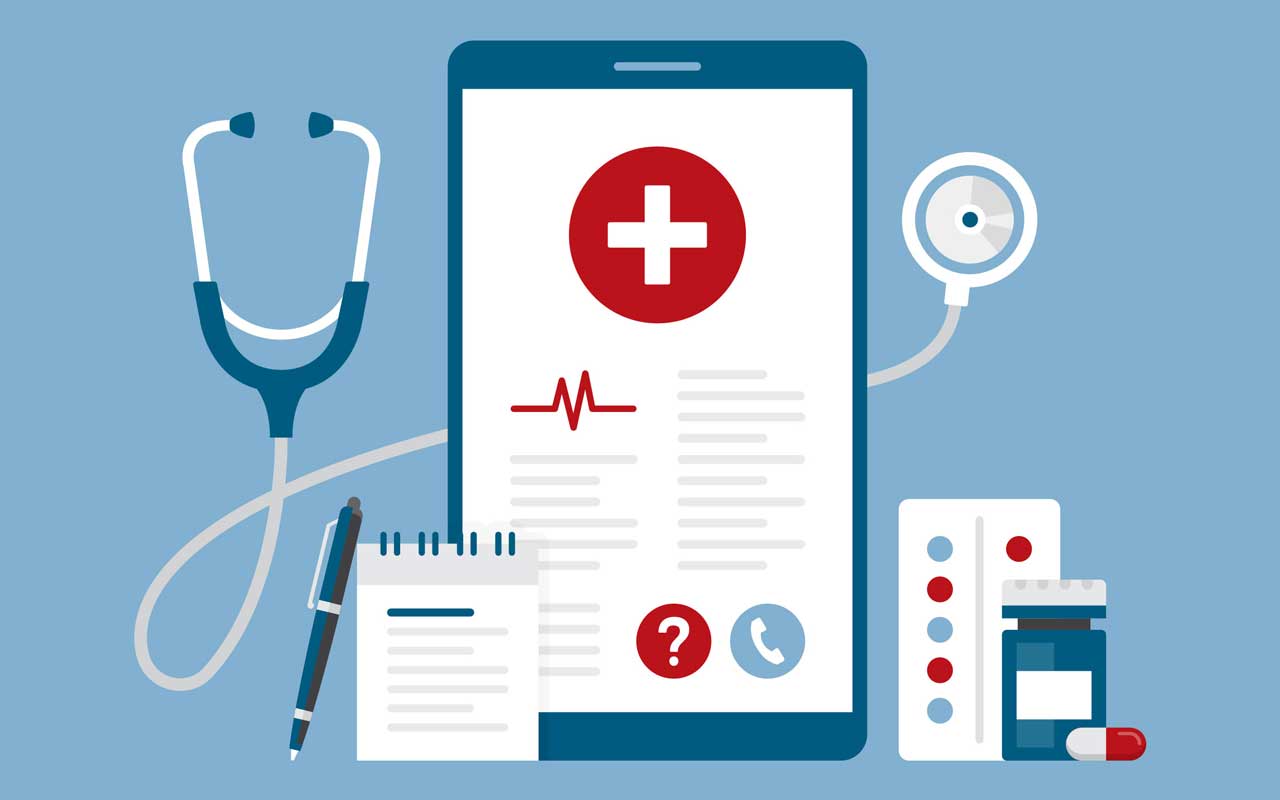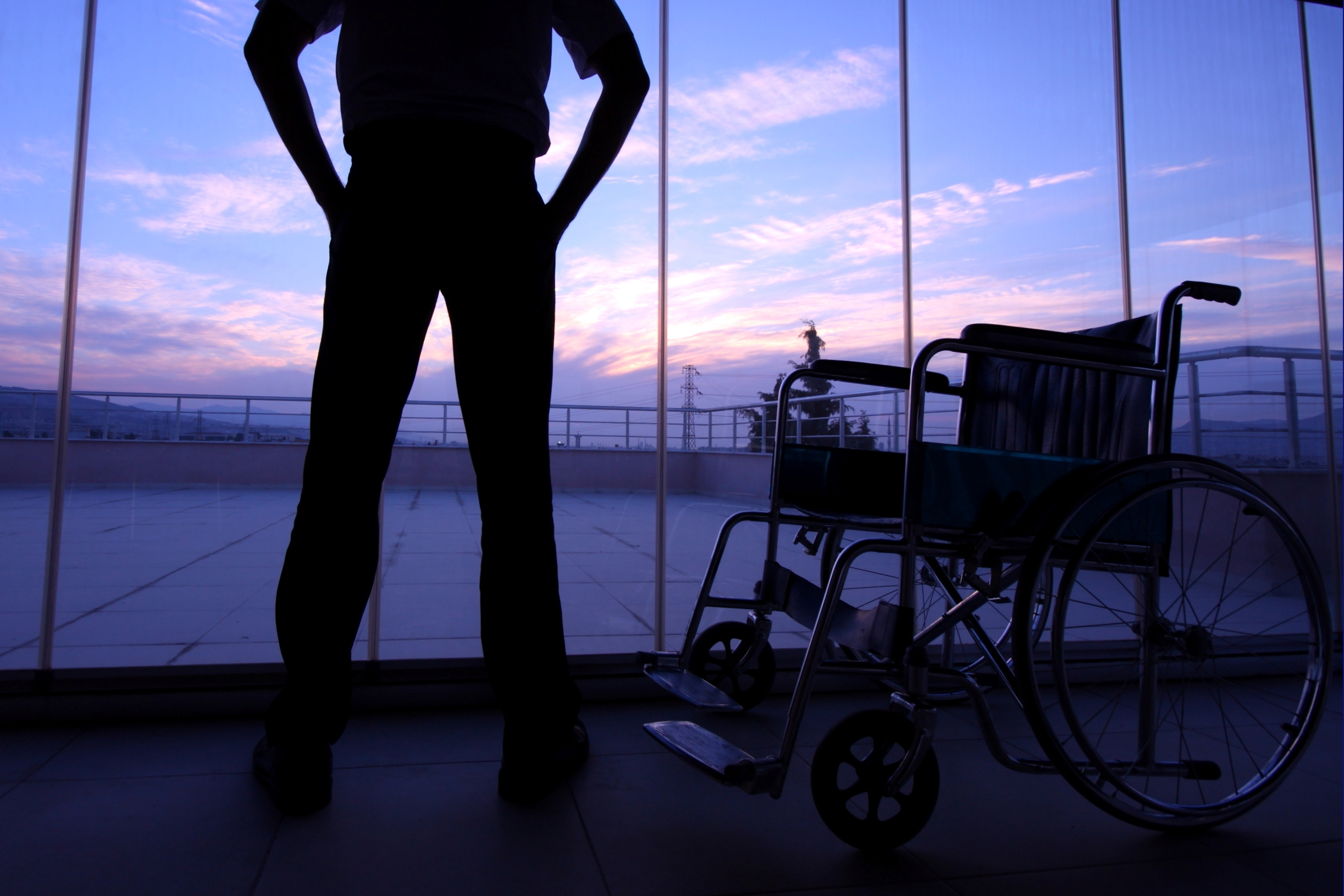AI’s Response to the COVID-19 Pandemic: Leveraging Data to Deliver Better Outcomes
At CareCentrix, we believe that better leveraging data, analytics, and technology will unlock answers to some of healthcare’s most challenging problems. In response to the current challenges introduced by the Coronavirus pandemic, the CareCentrix data science team recently competed in Lumiata’s Global AI Hackathon virtual event alongside 400 teams including public health experts and machine learning experts, engineers, and health IT professionals. The goal was to develop AI-driven solutions that better equip clinicians and healthcare services companies with the tools needed to respond both to the rapidly-evolving situation on the ground and to the long-term effects of the pandemic.
Telemedicine in the COVID-19 Era
Telemedicine, defined as the practice of medicine using electronic communication, has been around for a number of years; however, the COVID-19 crisis has thrust telemedicine into the spotlight. The lockdowns and shelter-in-place orders has led to nationwide shut-downs of physicians’ offices and the emptying out of hospital wards and emergency rooms, even as intensive care units remained busy tending to severely ill COVID-19 patients. Telemedicine entered to fill the gaps left by empty examination rooms.
Intelligently and Virtually Managing Social Determinants of Health
For over 20 years, CareCentrix has been focused on this trend by taking an uncommon approach: creating more healthy days at home. In many cases, care too often defaults to an acute setting due to an inability to control not only clinical but also non-clinical needs, better known as Social Determinants of Health (SDoH).
Home Infusion Services: An Update
During COVID-19 outbreak in early 2020, hospitals and clinics began shutting their doors to patients who required routine care. Administrators scrambled to find ways to deliver services while avoiding clustering groups of patients in one location. For patients who required regular treatment with intravenous medications, a location already existed: their home.
Preventive Care at Home: What is Possible?
The population of the US is aging fast. This has been accompanied by a rapid increase in the incidence of chronic diseases such as type II diabetes mellitus and end-stage kidney disease. These conditions are expensive to treat, and are largely preventable. They place patients at increased risk of other potentially life-threatening conditions, including respiratory viruses such as COVID-19.
Managing Breathlessness in Persons with COVID-19
Our Quick Guide to Treating Dyspnea with Opioids provides a concise evidence review of how opioids relieve dyspnea, includes recommendations for starting doses and titration, describes the role of anxiolytics such as lorazepam and answers the question “do opioids hasten death?” (the answer is no).
Coronavirus and Home Care: Now More Than Ever
Because of the COVID-19 pandemic, by mid-March 2020, most hospitals in the US were restricting entry and allowing access only through an extra layer of triage at their emergency rooms. Many institutions sternly warned people to stay away unless there was a true emergency. Hospitals, doctor’s offices, and civic organizations asked individuals to check on the well-being of chronically ill and elderly family and neighbors.




